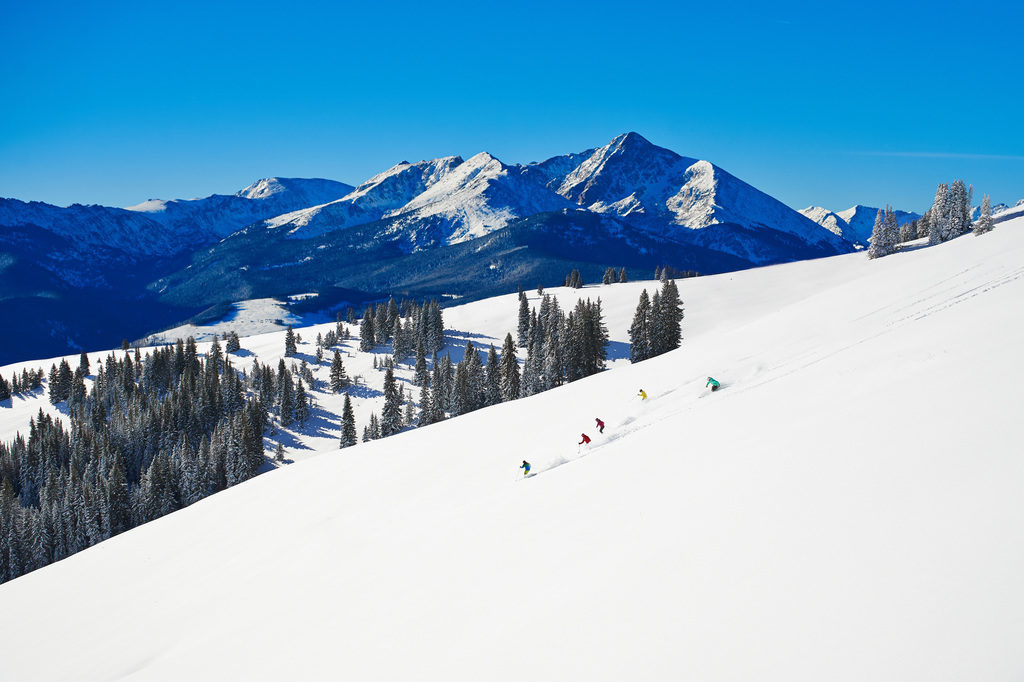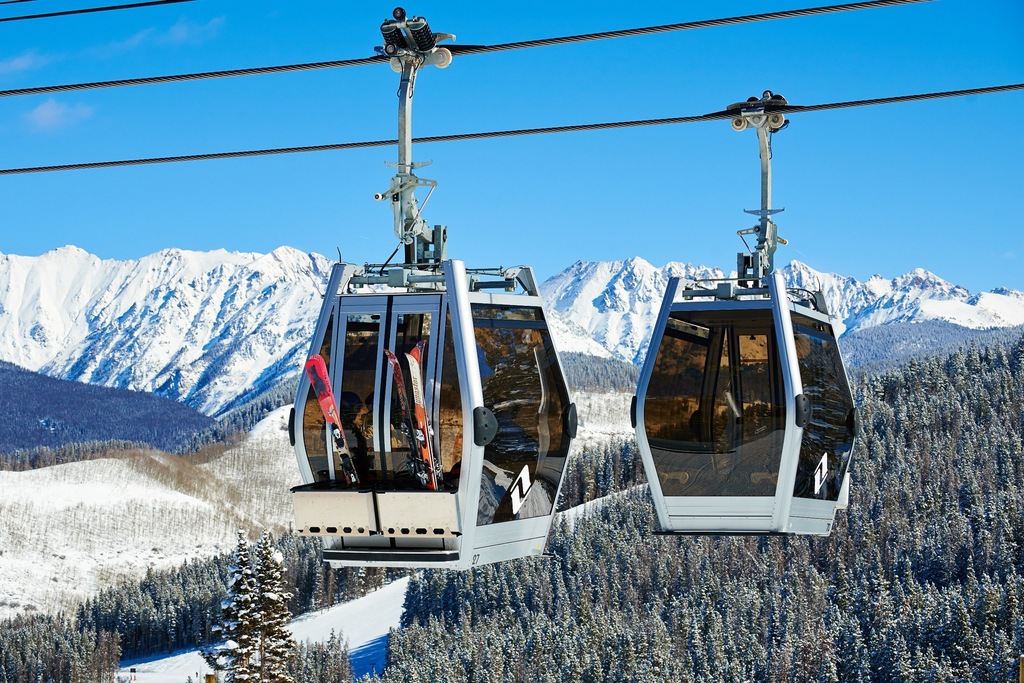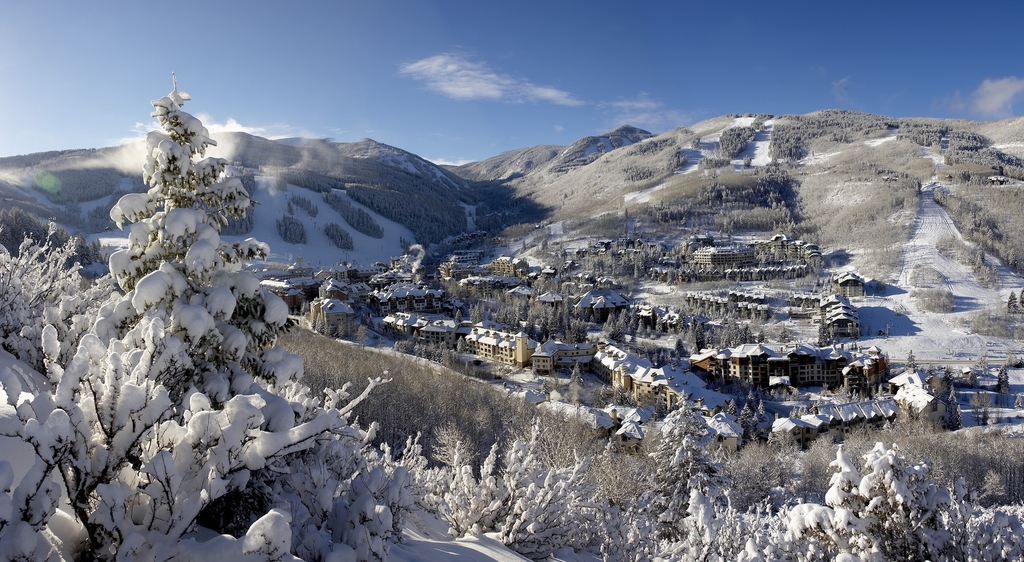The Local newsletter is your free, daily guide to life in Colorado. For locals, by locals.
On Tuesday, Vail Resorts announced a large-scale sustainability initiative, “Epic Promise for a Zero Footprint,” committing to operate all 13 properties (throughout North America, Australia, and Europe) at zero net emissions, zero waste to landfills, and zero net operating impact on forests and habitat by 2030.
“We’ve been focused on sustainability for more than a decade, and we’ve been a leader with one of the industry’s most ambitious energy-efficiency programs,” says Rob Whittier, Vail Resorts’ director of environmental sustainability. “As our company’s global operations and footprint have grown, we’ve now reached a scale and size to reasonably consider renewable energy projects that can offset our footprint and support the environmental commitments of the communities, states, and countries where we operate.”

Whittier says that Vail Resorts’ acquisition of Whistler Blackcomb in 2016 in part motivated this move. The British Columbia ski resort has had a sustainability strategy with the goal of a zero operating footprint since 1999, and the resort has reduced waste by 70 percent since 2000.
For its part, Vail Resorts has had significant environmental programs in place since 2008, when the company committed to reducing energy use by 10 percent by 2012. After meeting that goal early, the organization aimed for another 10 percent reduction by 2020. Whittier says they’re already about 1 percent away from that goal. With the Zero Footprint plan, Vail Resorts is committing to improving its efficiency by another 15 percent, as well as cutting its net emissions in half, by 2025. “This is an ambitious undertaking. But we are confident that a smart, strategic approach to reducing our carbon footprint will produce the best, lasting results for the organization,” Whittier says.
Some of these projects include implementing low-energy snowmaking equipment on the slopes, employing a fleet of more efficient grooming vehicles, and focusing on green construction and building design at their properties. The company will also focus on renewable energy. “We want to take a thoughtful approach to identifying and investing in renewable energy projects, and where possible, to support local/community energy projects which are being discussed now, but may take some time to execute,” Whittier says.
To achieve zero landfill waste, the company will begin to divert 100 percent of the waste from its resorts to more sustainable pathways, improve recycling and composting efforts, and encourage resort vendors to reduce packaging and switch to compostable materials. Lastly, Vail Resorts plans to reach a zero net operating impact on forests and habitat by replanting or restoring forest area that has been affected by the growth of its properties, minimizing the impact of any future resort development on the natural habitat, and giving back to local organizations that promote forest health and preservation.
While Colorado skiers and snowboarders shouldn’t expect to see many tangible changes at Vail Resorts locations related to its zero-impact efforts, Whittier encourages visitors to help the company reach its goal. “We invite our guests to participate in our commitment to conserve energy and reduce waste,” Whittier says. “We also provide information to guests on ways they can eliminate, reduce, or offset their carbon footprint associated with travel to our resorts.” For example, Whittier says that most resorts now offer electric vehicle charging stations. The company also encourages carpooling and use of transit options like the Colorado Mountain Express.
As the world’s largest ski resort operator, Vail Resorts’ dedication to achieving a zero footprint is, indeed, an Epic Promise—and one that we hope to see fulfilled.
(Read 5280‘s profile on Rob Katz, the most powerful man in the ski industry)












